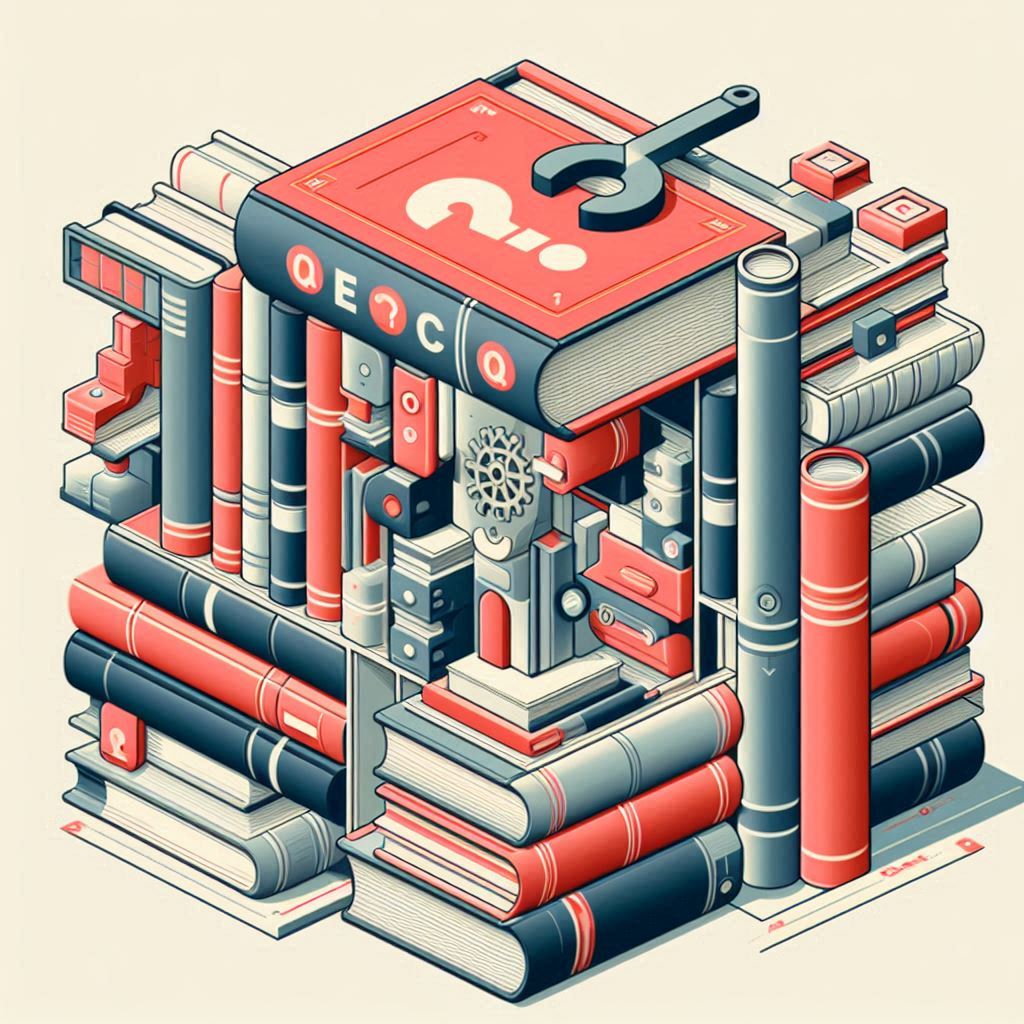Describe the functions of hydrochloric acid in gastric juice, limited to killing harmful microorganisms in food and providing an acidic pH for optimum enzyme activity

IGCSE Biology
State where, in the digestive system, amylase, protease and lipase are secreted and where they act
State where, in the digestive system, amylase, protease and lipase are secreted and where they act
Describe the functions of enzymes as follows: (a) amylase breaks down starch to simple reducing sugars (b) proteases break down protein to amino acids (c) lipase breaks down fats and oils to fatty acids and glycerol
Describe the functions of enzymes as follows: (a) amylase breaks down starch to simple reducing sugars (b) proteases break down protein to amino acids (c) lipase breaks down fats and oils to fatty acids and glycerol
State the role of chemical digestion in producing small soluble molecules that can be absorbed
State the role of chemical digestion in producing small soluble molecules that can be absorbed
Describe chemical digestion as the breakdown of large insoluble molecules into small soluble molecules
Describe chemical digestion as the breakdown of large insoluble molecules into small soluble molecules
Outline the role of bile in emulsifying fats and oils to increase the surface area for chemical digestion
Outline the role of bile in emulsifying fats and oils to increase the surface area for chemical digestion
Describe the function of the stomach in physical digestion
Describe the function of the stomach in physical digestion
Identify in diagrams and images the types of human teeth: incisors, canines, premolars and molars
Identify in diagrams and images the types of human teeth: incisors, canines, premolars and molars
Describe physical digestion as the breakdown of food into smaller pieces without chemical change to the food molecules
Describe physical digestion as the breakdown of food into smaller pieces without chemical change to the food molecules
Describe the functions of the organs of the digestive system in relation to: (a) ingestion – the taking of substances, e.g. food and drink, into the body (b) digestion – the breakdown of food (c) absorption – the movement of nutrients from the intestines into the blood (d) assimilation – uptake and use of nutrients by cells (e) egestion – the removal of undigested food from the body as faeces
Describe the functions of the organs of the digestive system in relation to: (a) ingestion – the taking of substances, e.g. food and drink, into the body (b) digestion – the breakdown of food (c) absorption – the movement of nutrients from the intestines into the blood (d) assimilation – uptake and use of nutrients … Read more